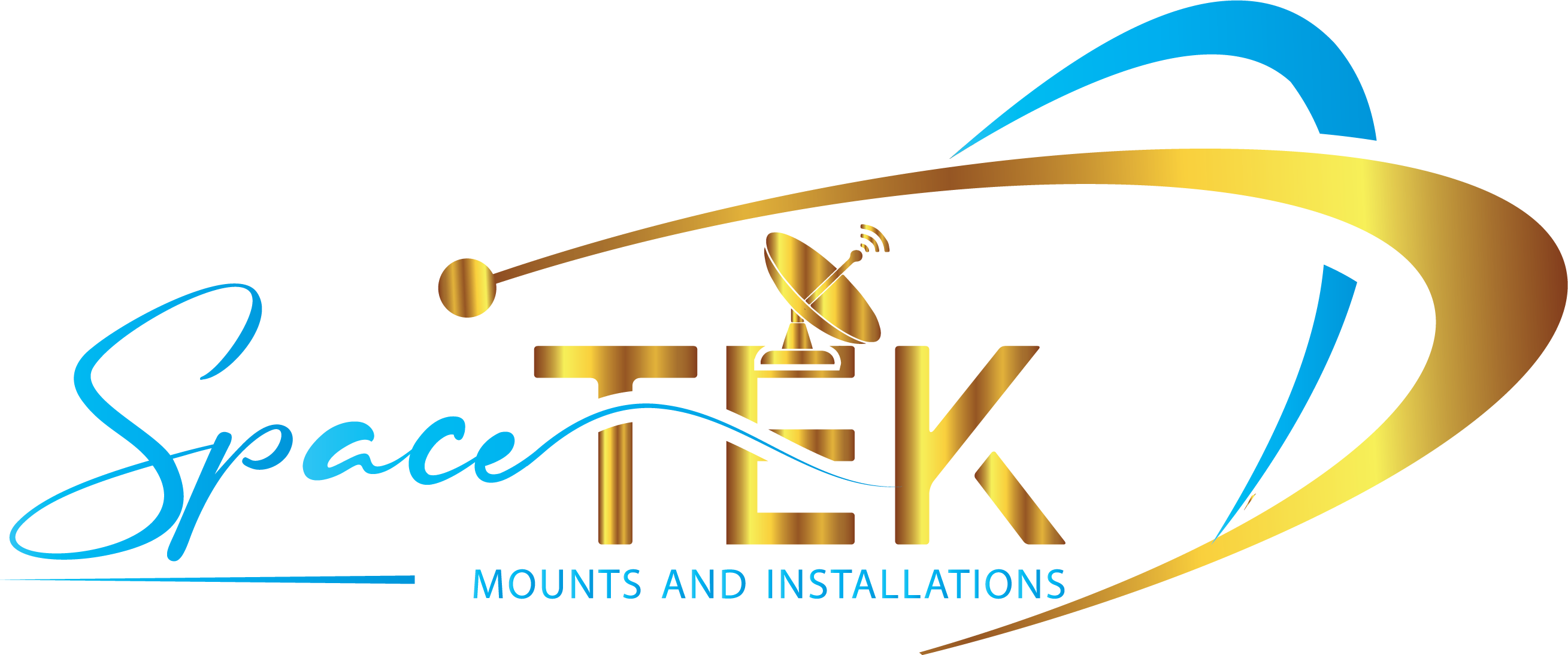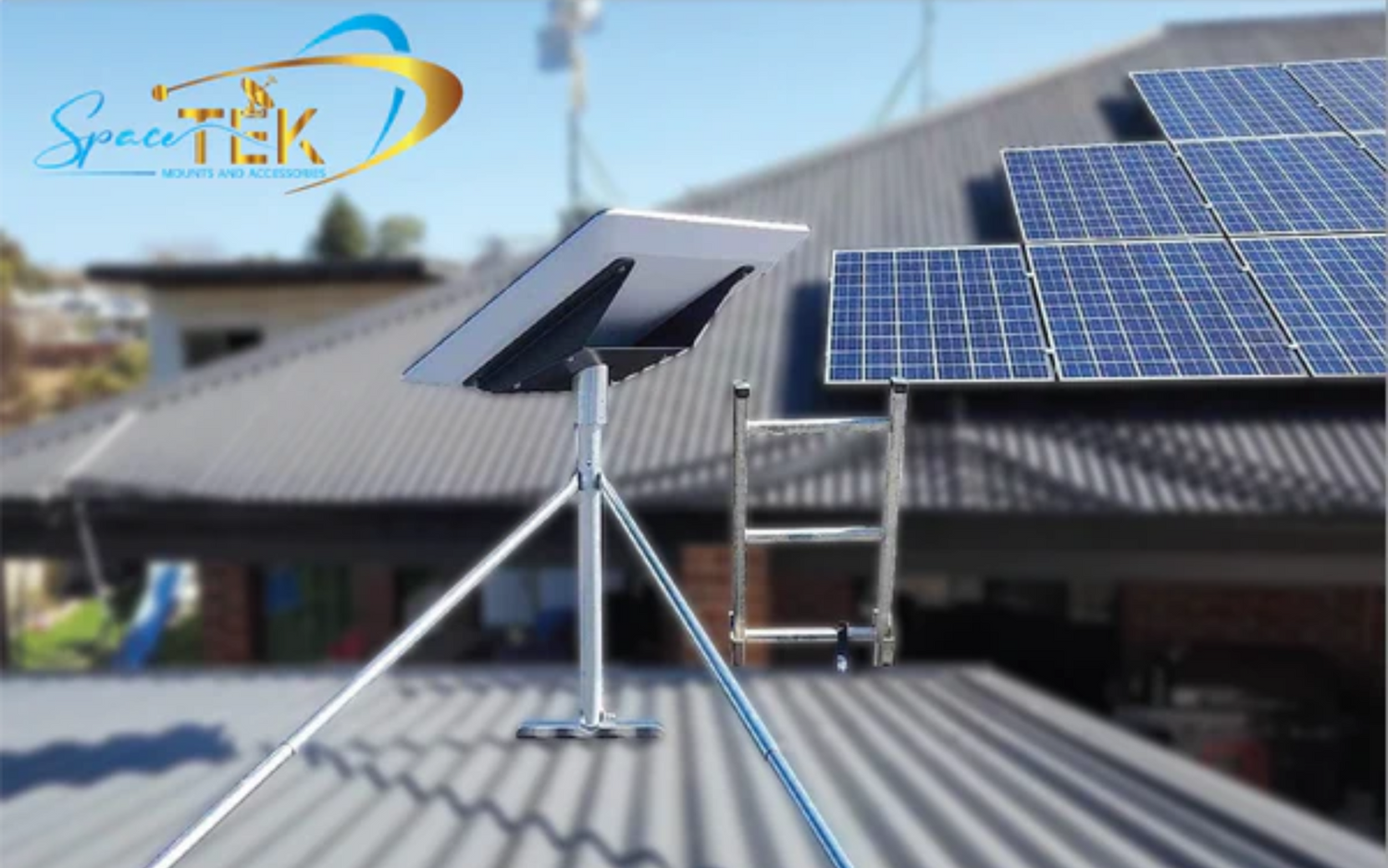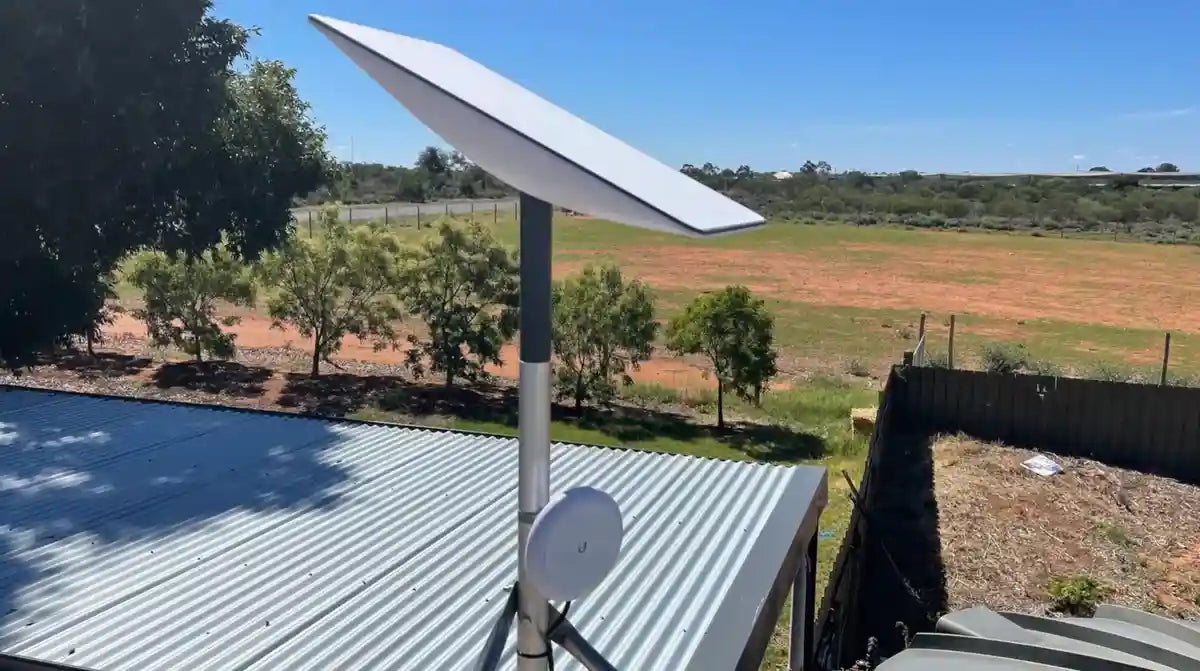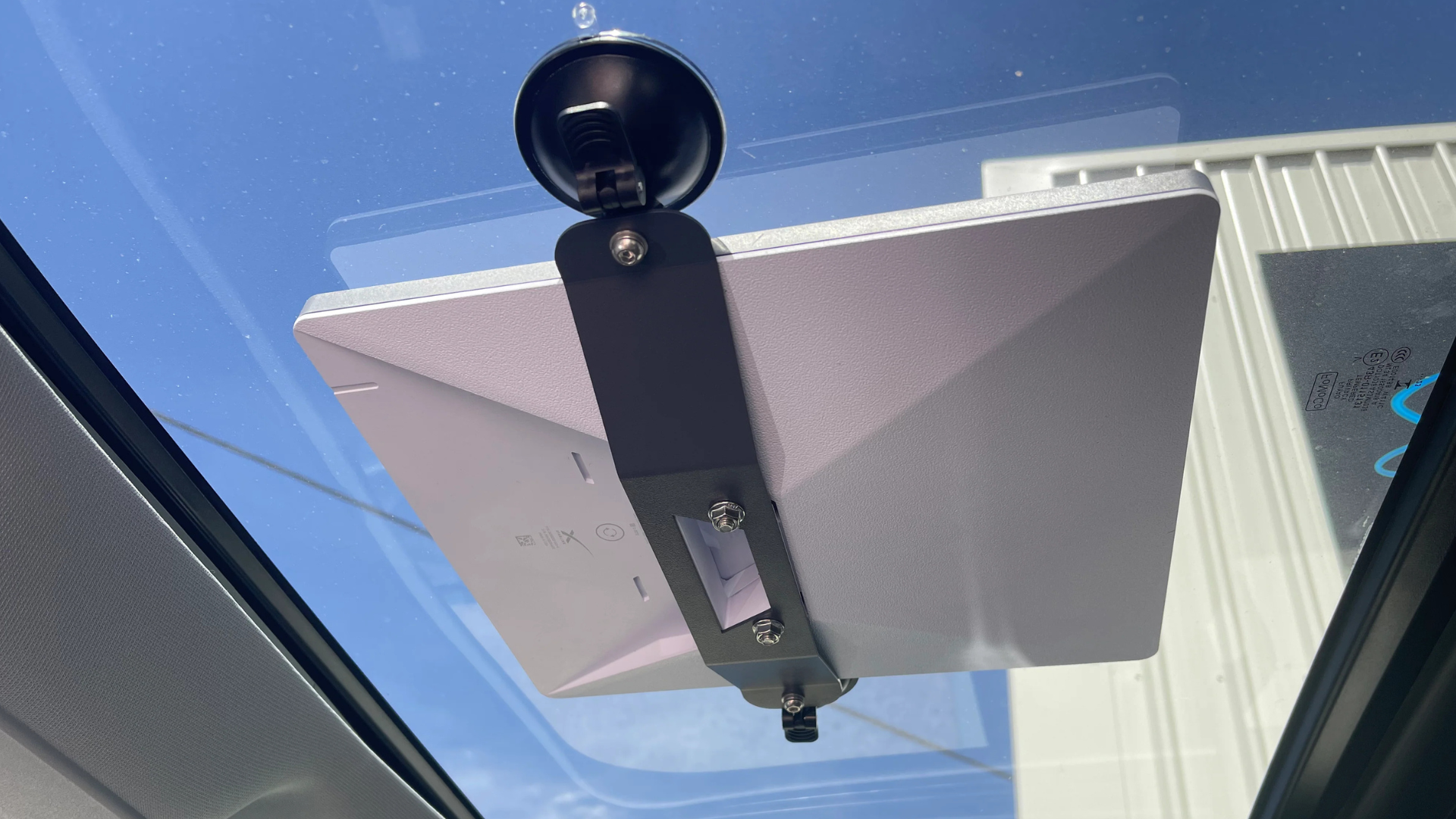Opening Up High-Speed Internet by the Shore
Setting Starlink for Coastal Homes brings unique obstacles that most inland installations never face. Salt spray corrodes standard hardware within months. Relentless winds tear poorly secured dishes from rooftops. Humidity accelerates rust on cheap metal brackets.
Key Coastal Mounting Challenges:
- Corrosion: Salt air rapidly degrades mild steel screws and basic brackets
- Wind Load: Coastal properties face sustained high winds requiring reinforced mounting
- Weatherproofing: Sealing roof penetrations against driving rain and salt spray
- Hardware Selection: Marine-grade stainless steel and powder-coated aluminium are essential
- Line-of-Sight: Trees and coastal structures can obstruct satellite signals
Research from maritime installations shows download speeds reaching 220 Mbps are achievable in coastal environments. Professional installers emphasise that proper mounting with corrosion-resistant materials prevents the hardware failures seen in rushed DIY setups.
The difference between a reliable coastal Starlink installation and a failed one comes down to using the right mounting hardware. Generic brackets rust through within a single wet season near the ocean. Proper marine-grade mounts last years in the same conditions.
I'm Aaron Wroblewski, founder of SpaceTek Australia, and I've spent over 25 years solving connectivity challenges in harsh Australian environments, including numerous coastal installations. My focus has always been creating mounting solutions that withstand Australia's toughest conditions—from salty coastal air to cyclonic winds.
Related content about Starlink for Coastal Homes:
Overcoming Coastal Obstacles
Living by the ocean offers incredible views, but it also presents unique problems for maintaining reliable high-speed internet. The same elements that make coastal properties so appealing—the sea air, persistent winds, and lush vegetation—can work against a stable Starlink connection. Getting your setup right from the start makes all the difference between years of reliable service and a frustrating cycle of repairs.
The Corrosive Coast: Battling Salt, Wind, and Humidity
Salt spray is the silent destroyer of coastal installations. Unlike inland areas where mild steel hardware might last for years, coastal environments can corrode standard brackets and fasteners within a single season. We've seen cheap galvanised screws rust completely through, leaving expensive dishes dangling precariously.
Coastal humidity amplifies this problem, trapping salt against metal surfaces and accelerating corrosion at an alarming rate. This isn't just cosmetic damage; it compromises the structural integrity of your mount, leading to signal dropouts or complete hardware failure in a storm.
The solution lies in choosing materials purpose-built for marine environments. Powder-coated aluminium mounts and marine-grade stainless steel hardware are necessities for Starlink for Coastal Homes: Mounting Challenges by the Sea. These materials, like our Stainless Steel Cap Head Bolt Set M6 x 12mm, resist salt and humidity year after year. Even accessories like cable glands need marine-grade specifications to prevent moisture from degrading your signal, which is why Waterproof Starlink Solutions Outperform 3D Printed Alternatives.
Securing Your Signal: Best Practices for Mounting and Placement
Every successful coastal installation begins with a thorough site survey. Starlink needs a clear 100-degree view of the sky, free from obstructions like tall trees or neighbouring buildings. Sometimes a taller pole mount is needed to clear vegetation, which can grow quickly and interfere with your signal over time.
Understanding wind load is also crucial. Standard mounts may not handle the sustained high winds common in coastal and cyclonic regions. Penetrating mounts offer the highest stability, withstanding up to 185 km/h when properly installed. If using a non-penetrating mount, use a tool like ballastcalc.com to determine the correct weight needed for your wind zone. Whether a roof or pole mount is best depends on your property, a topic we explore in Roof vs Pole Mounts: Which One's Best for Your Starlink Setup.
Finally, weatherproofing is non-negotiable. Any roof penetrations must be perfectly sealed with neutral-cure silicone and proper flashing. A correctly formed drip loop on your cable will prevent water from tracking into your home. For a complete walkthrough, see our Complete Guide to Starlink Dish Installation and Alignment.

Choosing the Right Gear for Your Starlink Generation
Selecting hardware designed for your specific Starlink kit is essential for a secure and reliable installation. Each generation has unique mounting requirements.
For Gen-3 Starlink Users: Our comprehensive range of Gen-3 mounting kits is engineered for coastal durability. Whether you need a Gen-3 Basic In-Motion Mount for a simple setup or a heavy-duty solution like the Starlink Gen-3 Roof Rack Mobility Mount, we have you covered.
Ensure a watertight cable entry with our Starlink Gen-3 IP68 Waterproof Bulkhead RJ45 Socket Connector and explore detailed comparisons in The Ultimate Guide to Starlink Gen-3 Mounting Kits. You can view our complete Gen-3 V4 Mounts and Accessories collection online.
For Gen-2 Starlink (Standard Actuated) Users: We offer purpose-built solutions to keep your actuated Gen-2 dish securely positioned. Our Mast Adapter for Dishy Rectangle Gen-2 provides a reliable mounting point on existing poles. For more options compatible with your hardware, read our guide on 5 Mounts for Gen-2 Standard Actuated.
For the Compact Starlink Mini: The portable Starlink Mini is an excellent choice for coastal settings when mounted correctly. Our Starlink Mini Basic In-Motion Mount provides dedicated support for this compact dish. Browse all our Starlink Mini accessories to maximise its potential.
For RV and Portable Setups: For those embracing coastal mobility, our RV and portability solutions are engineered for a life on the move. Explore our Starlink RV and Portability Mounts, Adapters, and Accessories range for everything you need.
Power and Performance in Coastal Conditions
Starlink systems are power-hungry, which is a key consideration for coastal homes prone to weather-related power outages. Since the dish has no internal battery, an uninterruptible power supply (UPS) or backup generator is a wise investment for maintaining connectivity during a blackout. We cover these solutions in detail in our guide on How to Conquer Starlink Power Challenges.
While heavy rain can cause temporary signal disruptions (rain fade), Starlink's low Earth orbit satellites handle these conditions better than traditional systems. However, performance during a storm is entirely dependent on a stable mount. If high winds knock your dish out of alignment, you will lose your connection. For more on how Starlink performs in adverse weather, see Does Starlink Work During Bad Weather or Bushfire Season?.
Long-Term Care and Maintenance
A bulletproof initial installation is only half the battle; ongoing maintenance ensures long-term reliability. Constant exposure to salt, wind, and UV radiation means your setup needs regular attention. Periodically check that all bolts and fasteners are tight, inspect for any signs of corrosion, and ensure cables are secure. It's especially important to perform an inspection after any significant storm to ensure your dish remains properly aligned and secure.
While DIY installations are possible for those with the right experience, the challenges of a coastal environment often warrant professional help. An expert can provide a proper site assessment and ensure a storm-resilient installation that will save you headaches and money in the long run.
Conclusion: A Secure Connection for Your Seaside Sanctuary
Bringing reliable, high-speed internet to your coastal home means you don't have to sacrifice modern connectivity for a beachside lifestyle. Starlink makes it possible to work remotely, stream entertainment, and stay connected, even in the most remote seaside locations.
However, as we've explored, Starlink for Coastal Homes require careful planning. The coastal environment is beautiful but unforgiving. Salt spray corrodes cheap hardware, high winds test every connection, and humidity accelerates rust. A generic mount that works inland will likely fail within a single season by the ocean.
The difference between a reliable system and a failed one comes down to using corrosion-resistant materials like marine-grade stainless steel and powder-coated aluminium, secured with mounts engineered for high wind loads. Proper installation that ensures a clear line-of-sight and weatherproofs every entry point is just as critical.
At SpaceTek Australia, we've spent over 25 years solving these exact challenges. Our Starlink mounting kits are specifically engineered for Australia's harsh coastal realities. We use high-quality, rust-resistant materials and designs that provide the structural integrity to keep your dish secure through storms and cyclonic winds. As an Australian-owned and operated company, we build solutions for our own backyard.
Don't let the coastal environment compromise your connection. For a bulletproof installation that delivers optimal performance and longevity, explore our complete range of Starlink mounting kits and accessories. Whether you have a Gen-2, Gen-3, Mini, or mobile setup, we have the right solution for your seaside sanctuary.
Need help choosing the right gear for your coastal home? Our team understands the unique challenges you're facing. Get in touch with us for personalised, expert advice.




Leave a comment
This site is protected by hCaptcha and the hCaptcha Privacy Policy and Terms of Service apply.